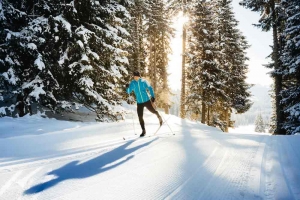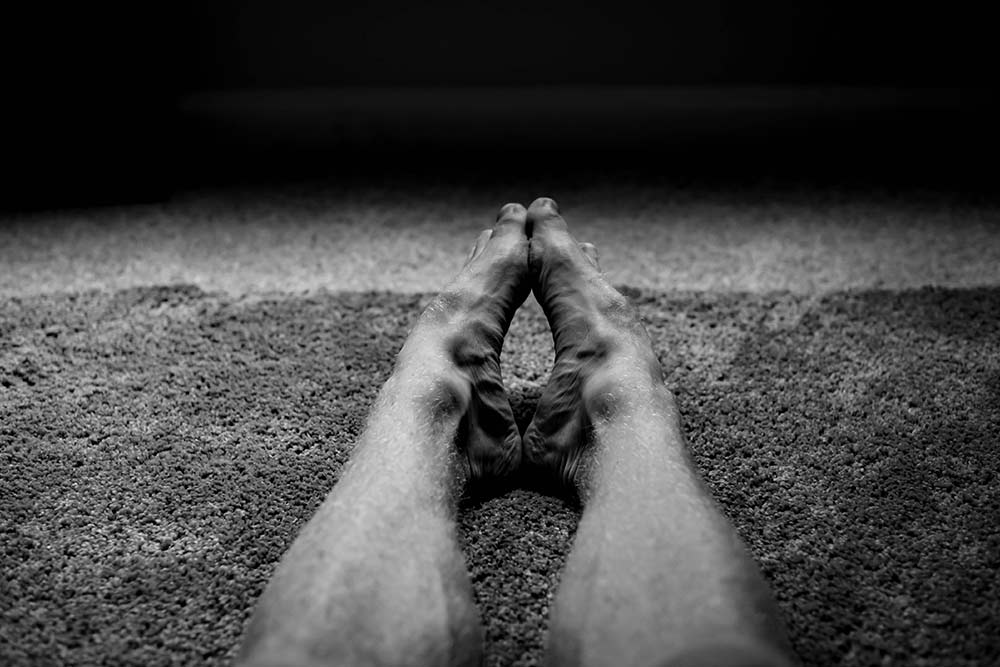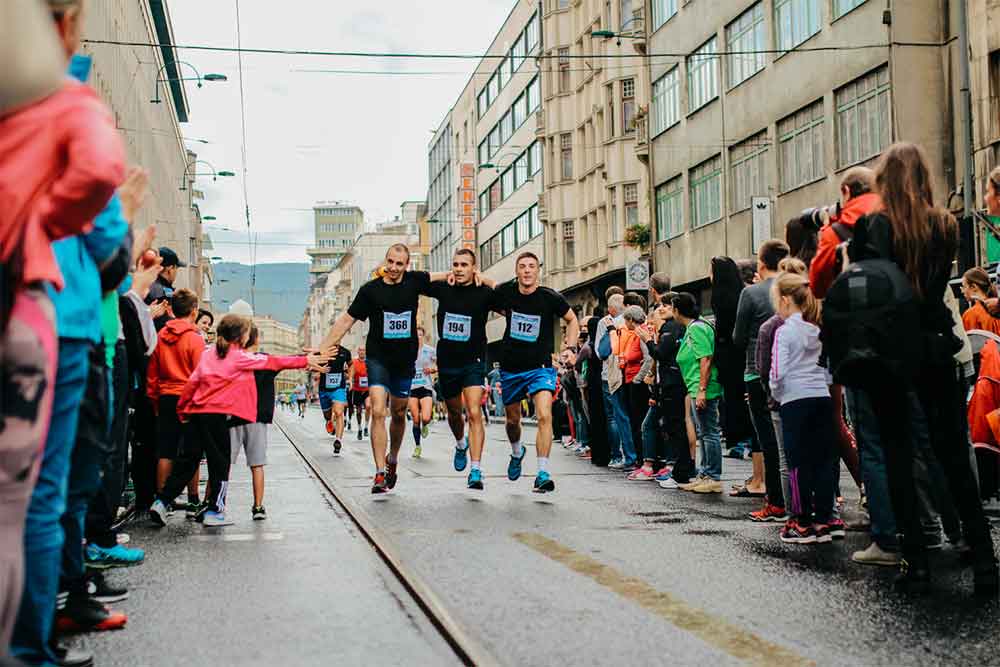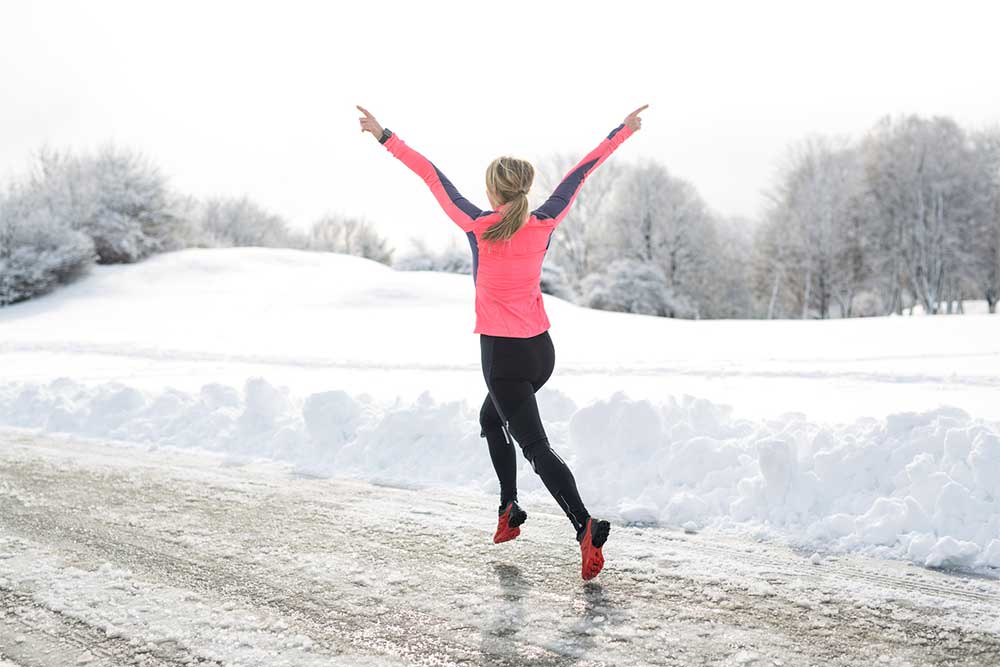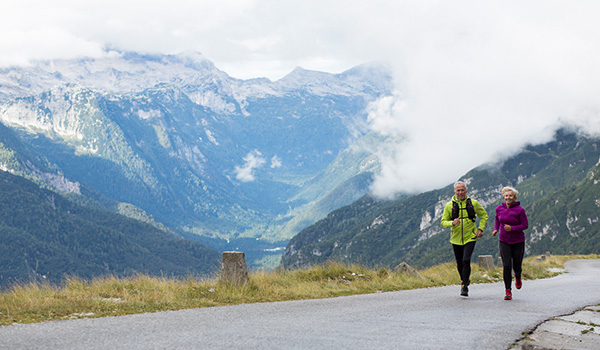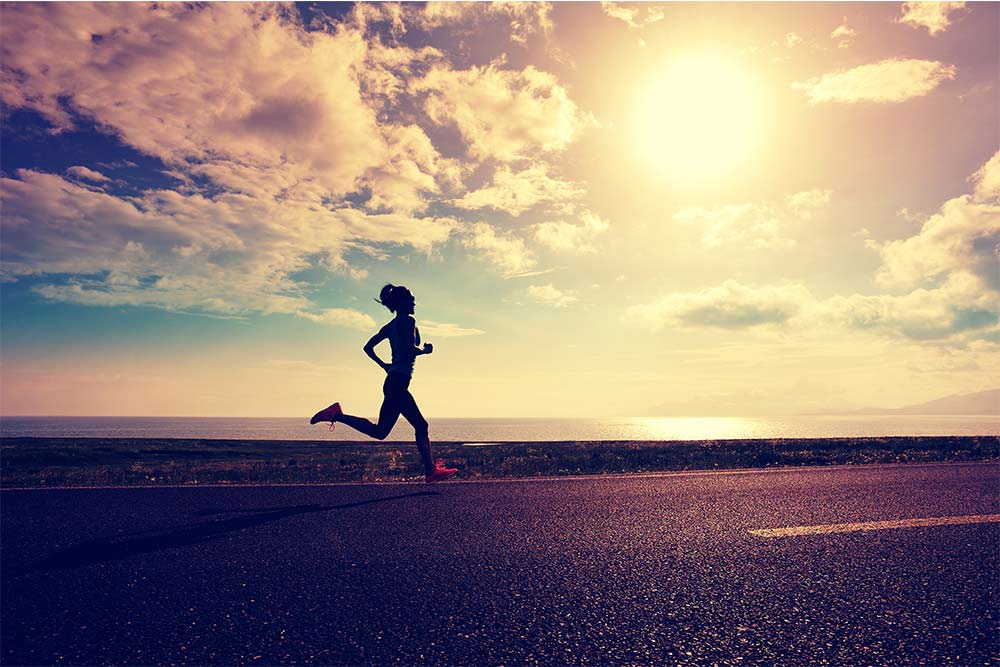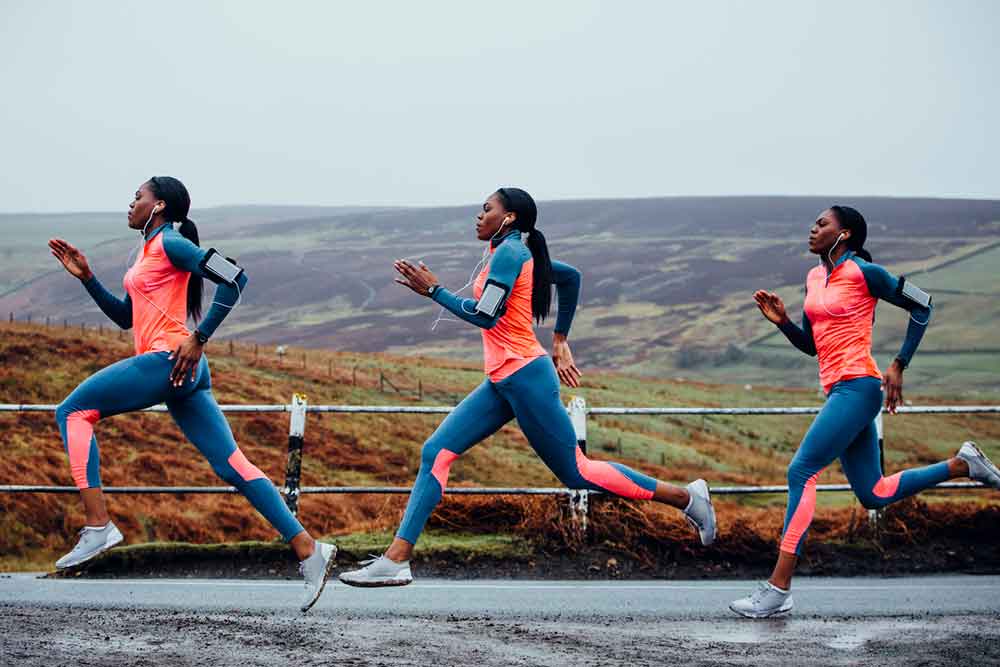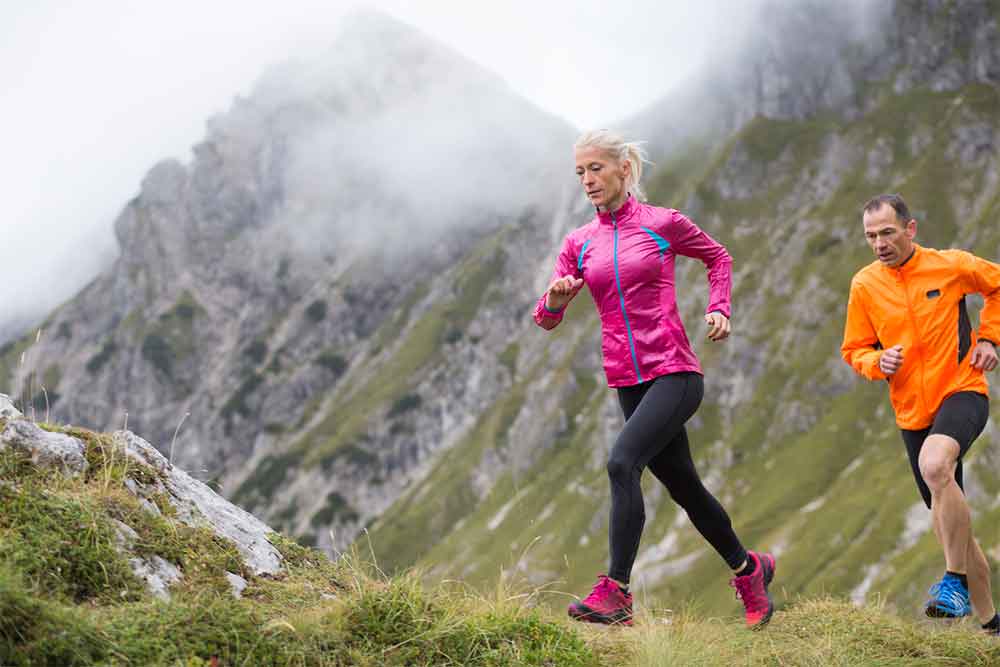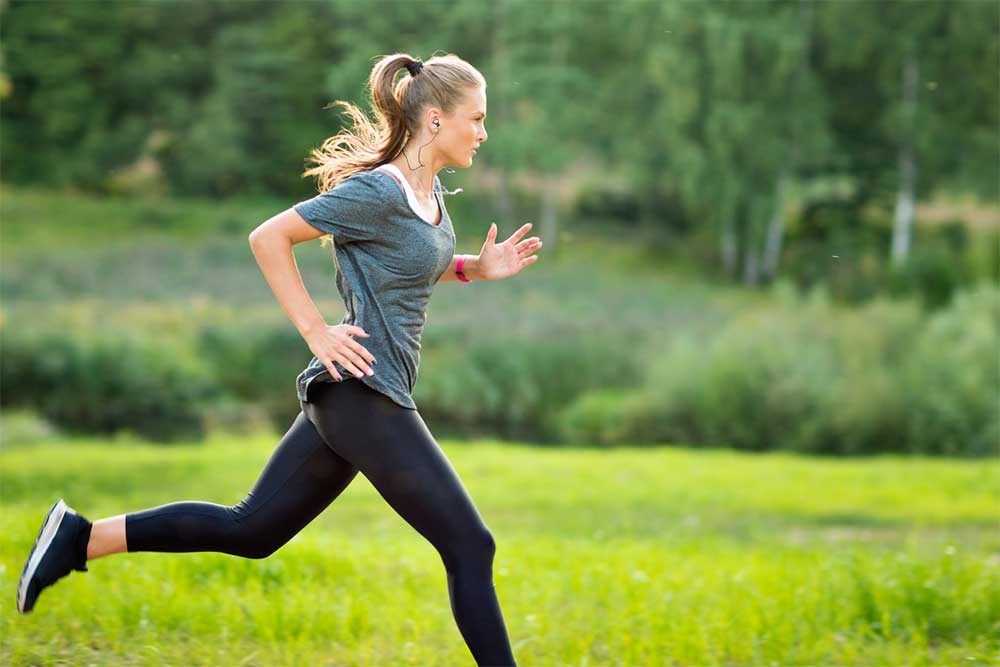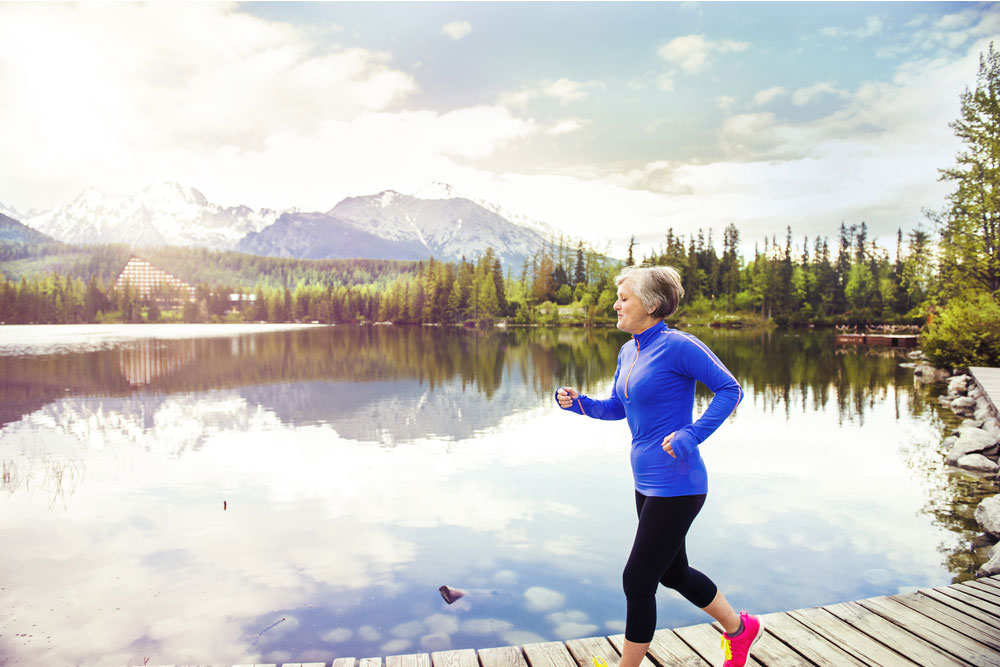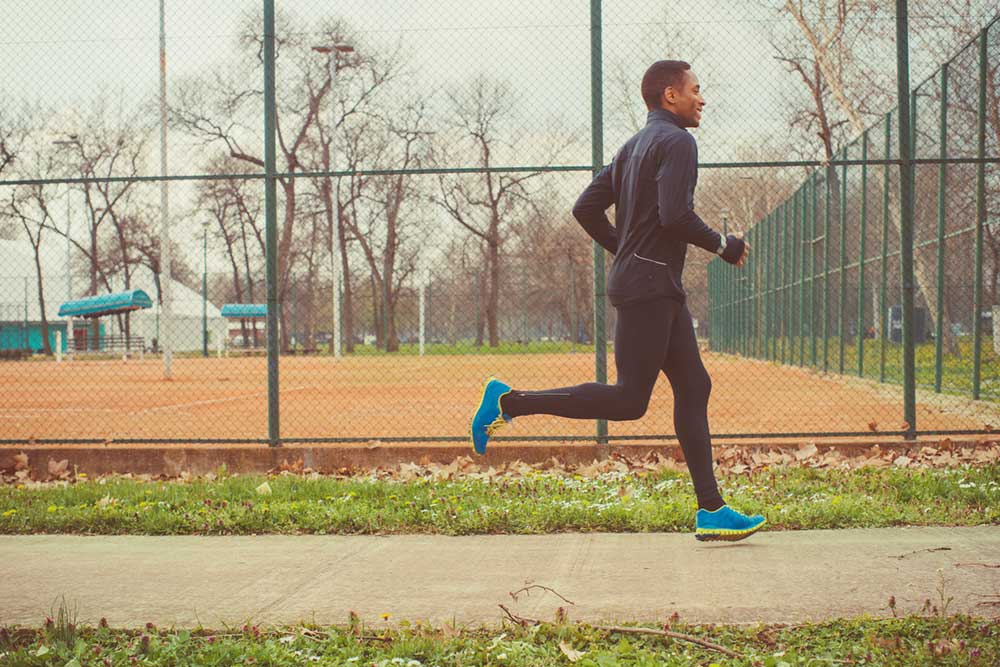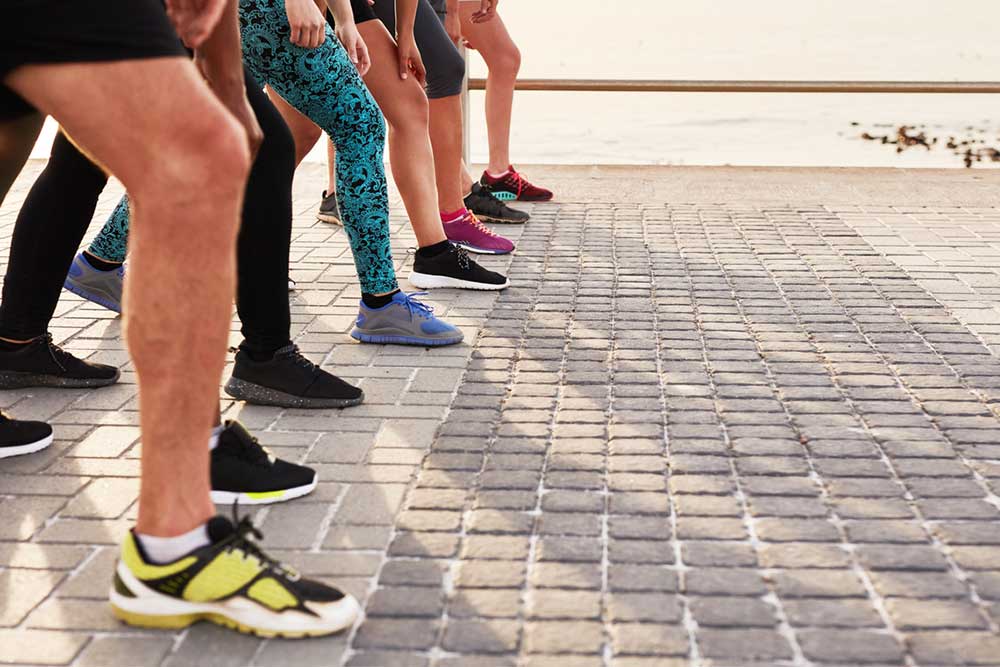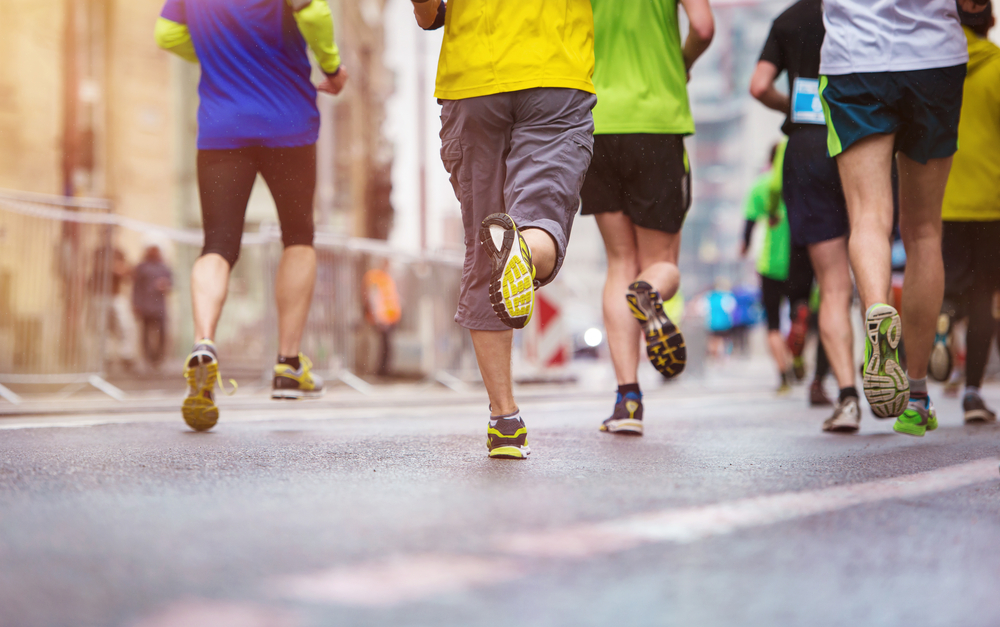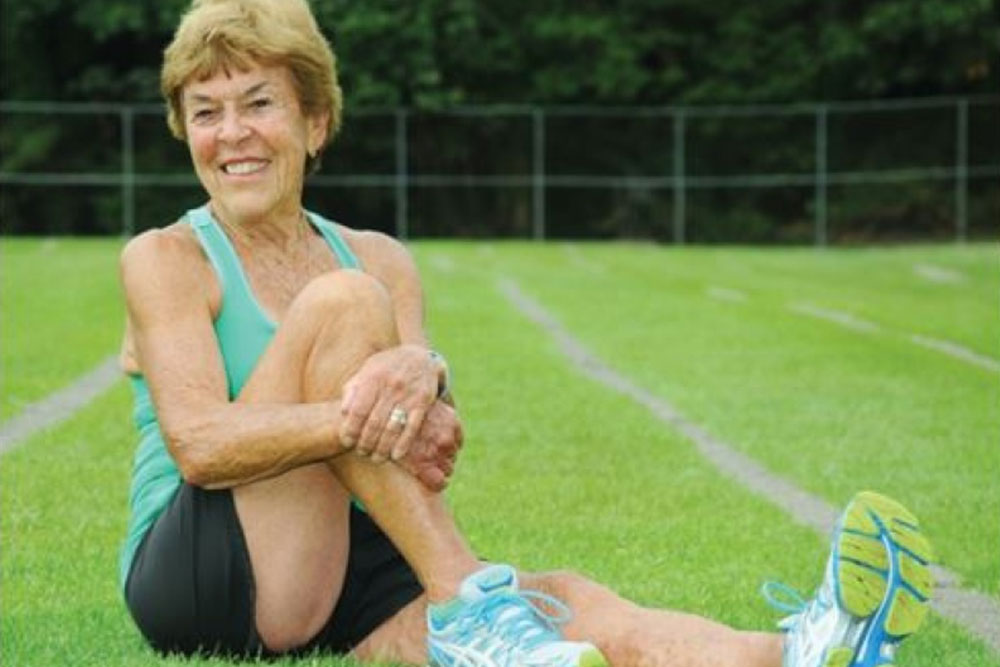Too Cold To Feel The Burn: Exercising In Cold Weather

John Barry
As fall changes to winter, the temperature and overall weather outside change as well. I’m located in New York City, where this past week, just like most of the country, has been experiencing a cold snap. I personally run for my commute during the week, so choosing not to exercise outside due to the colder weather is not an option. Due to this I have learned several things through research along with personal trial and error (sometimes the hard way). As several of my athletes are preparing for the winter, the discussion of proper preparation on how to deal with the weather comes up. Here are a few of those insights.
Check the Weather
Hopefully this one is straight forward, but the temperature and weather conditions can fluctuate greatly from day to day and even hour to hour. There are numerous weather apps to utilize to get a heads up and what’s going on. There have been a few times where I forgot to check weather update before leaving house, only to have hard rain start pouring down on me in cold conditions. It was clear looking out my window before the sunrise, so I assumed I was safe for the 20 minute run to the train station. 3 minutes in and now I’m soaking wet and didn’t pack an extra change of clothes. The temperature change before and after sunrise/sunset is crucial to realize as well. Planning your exercise routine around these variables is the first step towards success. This brings us to our next point…
Dress in Layers
Due to the possible change in weather and temperature, it’s best to wear layers. It’s easier to remove layers as the body warms up, but not as easy to add if the weather is to cold.
When choosing layers, be mindful of the activity you plan on doing. If it is a “normal” winter sport such as skiing or skating, there is specific equipment to dress around and utilize. If it is something normally only done in warmer weather, or not a typical winter sport, then we must do our best not to hamper our ability to perform the sport/exercise in a safe and effective way. For example, I find mittens to be best for keeping hands and fingers warm, but if we need our hands to be dexterous we need to substitute with a glove. To counteract the extra exposure to cold, we can use a hand muffler around our waist and keep hand-warmers to warm hands during down time.
The Layering Process
To start our layering process, we begin with a base late on both upper and lower body. My preferred choice is a thermal/cold gear compression. Luckily the market is flooded with multiple companies that provide this. It assists with sweat wicking, heat retention and the tighter the fit, the lower the chance of chaffing. The next layer should be a shirt/short/pant combo, that will not restrict movement. An extra layer of that should be added depending on the outside temperature/wind conditions. The outermost layer should be a jacket/vest with preferably a waterproof shell that is both lightweight and easily removable in case the body starts to become to hot. It is very possible to overheat in the cold if bundled up correctly.
We are constantly sweating, but don’t notice because it is absorbed by the multiple layers we are wearing. This means it is very important to hydrate properly meaning just as much as if we were doing this exercise during a hot, summer day.
Final part of layering is the hands, covered above, and keeping our head and face covered. Ears and nose are most susceptible to frost bite and therefore should remain covered. An effective way to keep the face warm, moisturized and protected from cold and wind is to rub petroleum jelly on the cheeks, forehead, chin and any other exposed skin. It might sound outlandish, but it does work.
Related Article: What Your Sweat Says About Your Fitness Health
Don’t Forget your Feet
Of course we need to choose proper footwear. If going for a walk run, choose sneakers that are insulated to help keep in heat. Extra points if they are water resistant or can be made so with a protective spray. It’s easy to just grab heavy winter boots to wear in the cold. The issue I have with this, is that the extra weight of the boot might effect our foot strike and stride if we are running or moving. The foot and ankle support may be different as well, which could lead to possible injury. Always think risk over reward when choosing a particular exercise protocol.
Takeaway
Don’t let the cold keep you from exercising and leading an active lifestyle. Just remember to plan accordingly. But also play it safe and smart as well. Sometimes the risk of subzero temperatures, snow and ice isn’t worth the risk of going outside. Stick with a similar in home or fitness center exercise routine to stay active and battle the elements when the odds are more in your favor.
Related Article: The Power Of Music During Exercise
You Might Like:

